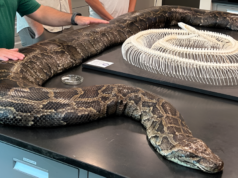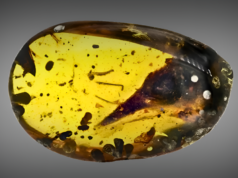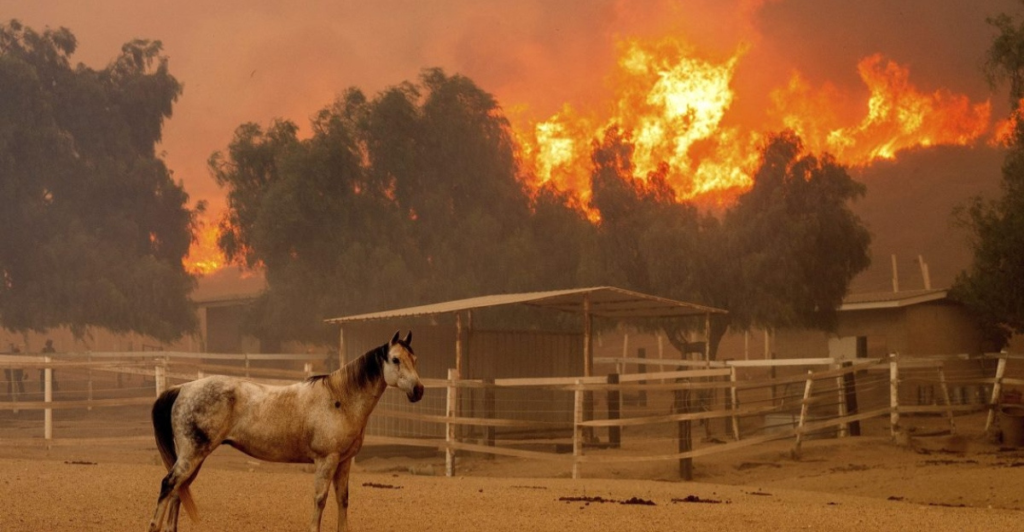
This sounds completely backward, right? Fewer wildfires should mean safer forests, less destruction, and a win for the environment. But what if stopping too many fires is actually making things worse? What if, instead of preventing disaster, we’ve been setting the stage for something even more dangerous? Let’s break it down.
North America Used to Burn Way More Than It Does Now
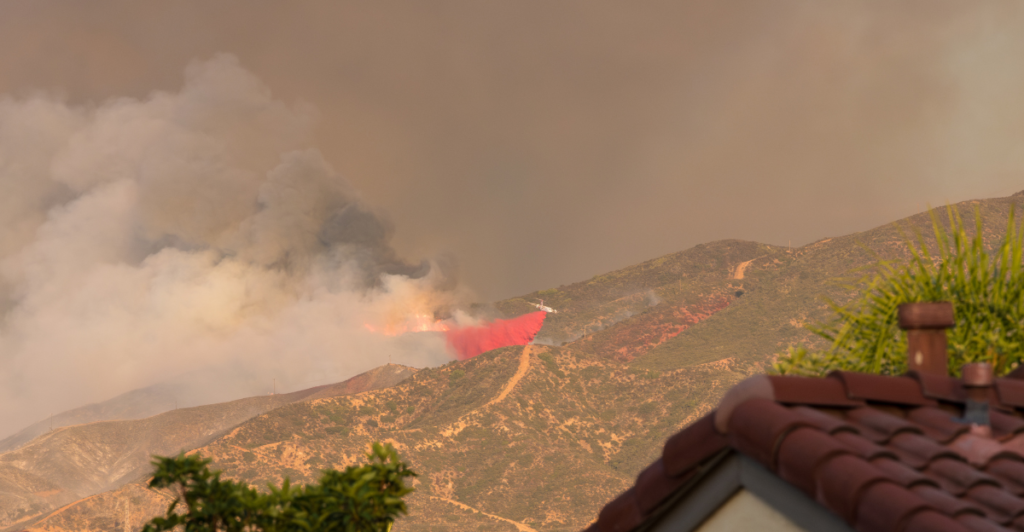
Believe it or not, before European settlers arrived, millions of acres of North America burned every single year. And that wasn’t a disaster—it was normal. Wildfires, along with controlled burns set by Indigenous communities, kept forests in check. But now, thanks to aggressive fire suppression, burn rates have dropped by as much as ninety percent in some places. And that’s exactly why modern wildfires are so much worse.
Fire Is a Natural Part of Forest Health

Forests need fire to stay healthy. Some trees, like sequoias and lodgepole pines, literally can’t reproduce unless their seeds are exposed to fire. Low-intensity burns clear out dead plants, prevent tree overcrowding, and help new growth thrive. When fire gets taken out of the equation, forests become overstuffed with dry, flammable junk—and when that finally ignites, it doesn’t burn like a campfire. It burns like an explosion.
What Happens When We Stop Fires? The Megafire Problem
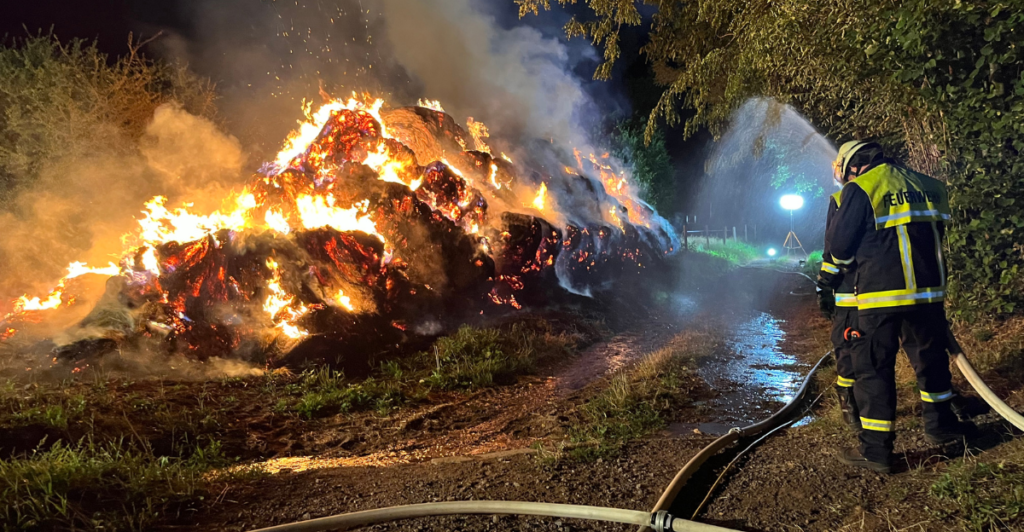
Here’s the irony, by trying to prevent fires, we’ve actually made them way worse. Instead of small, manageable burns happening every few years, forests have built up decades’ worth of flammable material. Now, when a fire does break out, it doesn’t just clear some brush—it obliterates everything in sight. Scientists now call these disasters megafires, and they’re breaking records for size and destruction every year.
The Role of Indigenous Fire Management

Before Europeans showed up, Indigenous peoples had already figured this fire thing out. They used controlled burns to manage forests, keep plant life balanced, and reduce the risk of massive blazes. Then settlers arrived, saw fire as the enemy, and banned the practice. That decision backfired, literally. Now, scientists are working with Indigenous groups to bring back traditional fire knowledge because, turns out, they were right all along. Surprise, surprise.
Why Smokey Bear Made Things Worse
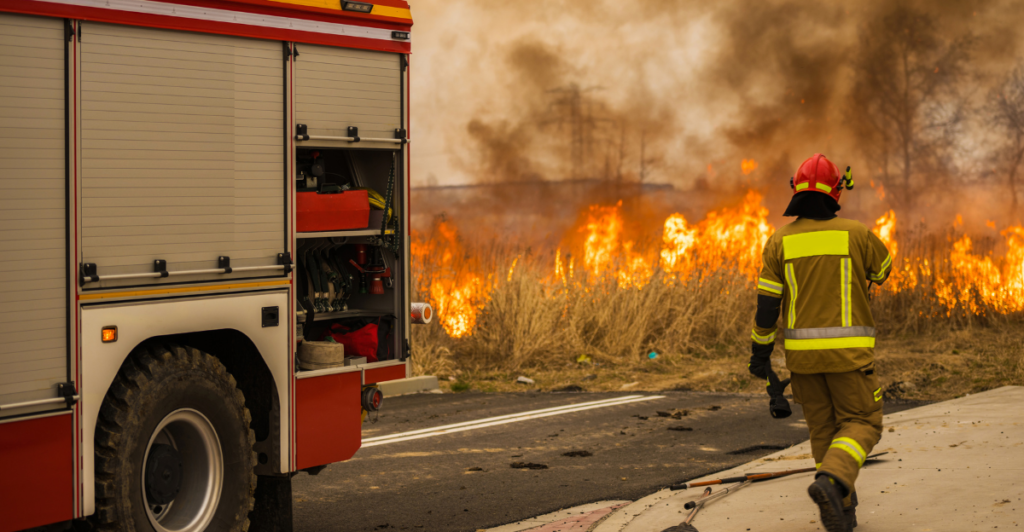
We all know Smokey Bear and his famous line: “Only YOU can prevent wildfires.” While the campaign helped reduce out-of-control fires near homes, it also convinced everyone that all fire is bad fire. For decades, firefighters rushed to put out every single spark, which allowed forests to build up dangerous levels of fuel. Now, even the U.S. Forest Service admits we need a fire-friendly approach, but undoing decades of messaging isn’t easy.
The Climate Change Connection

Climate change is throwing gasoline on this already messy situation. Hotter temperatures and longer droughts mean forests are drying out faster than ever. When fires do start, they spread like crazy. Decades ago, a lightning strike might have burned for a bit and then fizzled out. Now? That same strike can create a megafire that burns for weeks. Fire suppression alone wasn’t the problem, you guessed it, climate change is making everything worse.
The West Coast Wildfire Crisis—A Direct Result of Fire Suppression
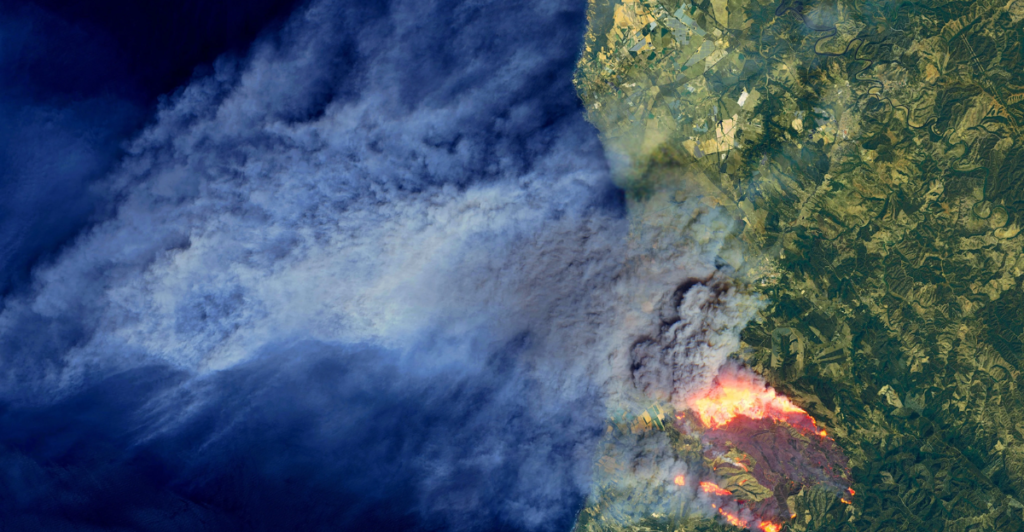
If you’ve seen news footage of entire towns burning down in California, Oregon, or Canada, you’re watching the direct consequences of stopping fires for too long. For decades, fire policies prevented natural burns, creating forest conditions that are basically the equivalent of a room stacked with fireworks. Now, when a fire does start, it’s unstoppable. Scientists warned about this for years, and now we’re living in the aftermath.
Fire Helps Wildlife Too
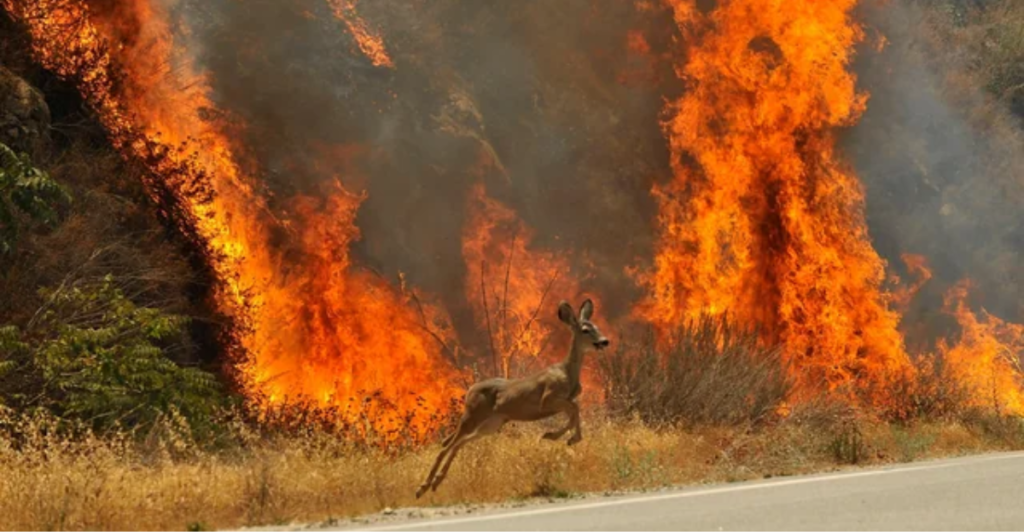
It might sound strange, but many animals actually depend on fire to survive. After a fire, fresh plants grow like crazy, which is great for herbivores like deer and elk. Burned trees attract insects, which means more food for birds like woodpeckers. Some species, like the black-backed woodpecker, even require recently burned forests to nest. Without fire, some ecosystems get completely thrown off balance and certain species start disappearing altogether.
The Solution? Let it Burn
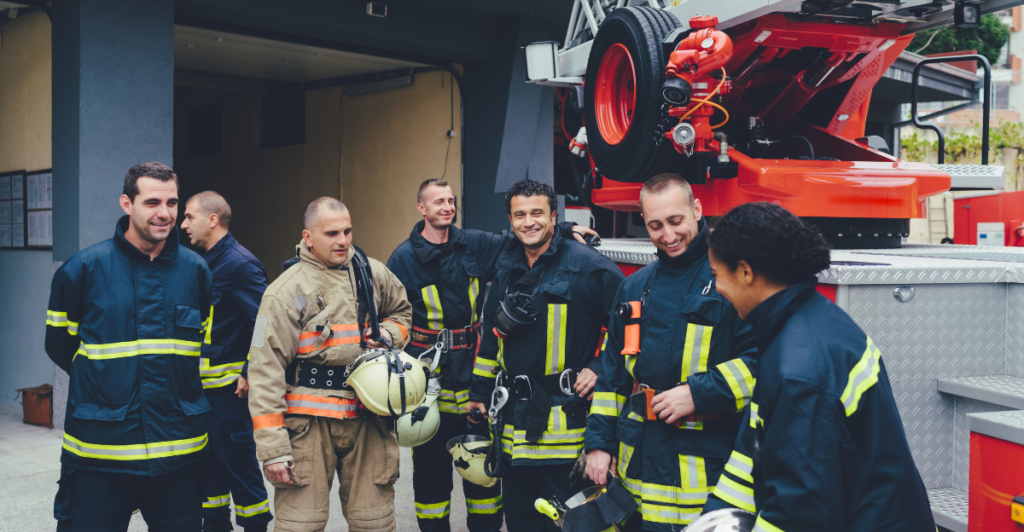
So if stopping all fires is a disaster, what’s the fix? Scientists say we need to start letting fire do its job again. That doesn’t mean letting cities burn down, but it does mean using prescribed burns—small, controlled fires set by experts—to clear out excess fuel. In some cases, even letting natural fires burn when they aren’t a threat is better than stopping them. Suppressing every fire just makes the next one worse.
Prescribed Burns vs. Wildfires—What’s the Difference?
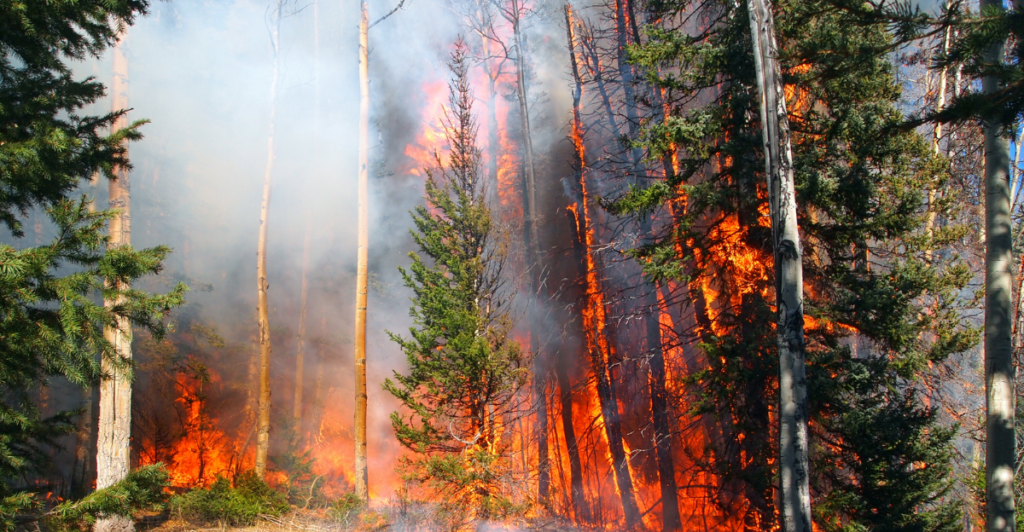
Prescribed burns are carefully planned fires that remove dead plants, reduce fuel loads, and keep forests healthy. Wildfires, on the other hand, are uncontrolled infernos that destroy everything. The problem is, people don’t trust controlled burns because they still look like a fire. But skipping them sets the stage for massive megafires later. Some states are finally embracing this practice, but it’s been a slow process.
Is the Public Ready for More Fire?
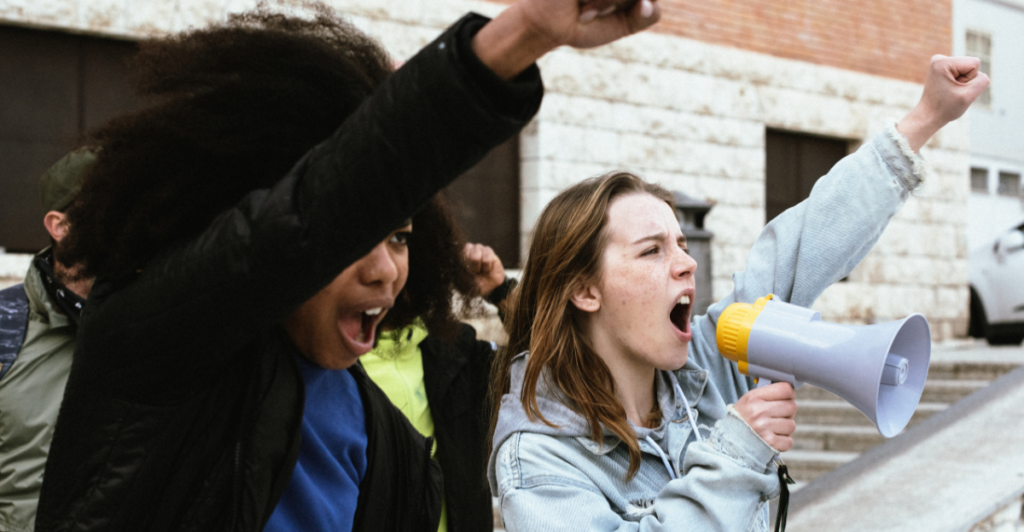
The biggest challenge isn’t just the science—it’s convincing people that fire isn’t always bad. After decades of Smokey Bear ads, most communities panic at the idea of setting intentional fires. But if we don’t rethink our approach, megafires will keep getting worse. Firefighters, scientists, and even some politicians are trying to push fire-friendly policies, but change isn’t happening fast enough.
So, Should We Be Letting More Fires Burn?

Now that you know the full story, here’s the big debate. Should we bring back prescribed burns to fix our forests, or is the risk too high? Scientists say the choice is clear: embrace small fires now, or face bigger, deadlier ones in the future. But the real question is whether people are willing to accept that fire is necessary. What do you think?
Discover more of our trending stories and follow us to keep them appearing in your feed

The Real Cause Behind Los Angeles’ Devastating Wildfires
Study Says 2035 Is Climate Change Point of No Return
Advanced Sub Reports Anomalous Structure In Antarctica—Then Immediately ‘Disappears’
Why Wolves Hate Men But Love Women
References:
Reference 1
Reference 2
Reference 3
This article first appeared here
Stay connected with us for more stories like this! Follow us to get the latest updates or hit the Follow button at the top of this article, and let us know what you think by leaving your feedback below. We’d love to hear from you!


